Shanghai, China
+86-17317656853
inquiry@cgprotection.com


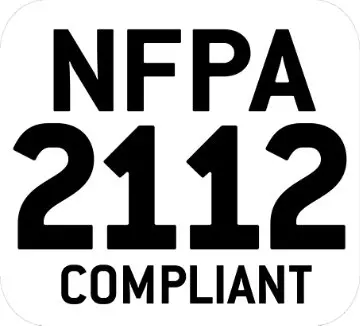
NFPA 2112, the standard for flame-resistant garments for protection of industrial personnel against flash fire, is published by the National Fire Protection Association (NFPA). The National Fire Protection Association has served as an authority in the U.S. on fire, electricity and building safety since 1896. The purpose of the standard is to "provide minimum requirements for the design, construction, evaluation, and certification of flame-resistant garments for use by industrial personnel, with the intent of providing a degree of protection to the wearer and reducing the severity of burn injuries resulting from accidental exposure to hydrocarbon flash fires" NFPA 2112 is a voluntary consensus standard, not a law. However, OSHA recognizes NFPA 2112 as a generally accepted industry practice.

NFPA 2112 was developed to protect industrial workers and primarily those in the oil and petrochemical industries against flash fires. A flash fire is defined as "a fire that spreads rapidly through a diffuse fuel, such as dust, gas, or the vapors of an ignitable liquid, without the production of damaging pressure". Flash fires are unplanned exposures that typically last three seconds or less. NFPA 2112 does not apply to protective clothing for electrical flashes, wildland fire fighting, technical rescue, structural fire fighting, proximity fire fighting, or any fire fighting operations or hazardous materials emergencies.
Organizations must conduct a hazard assessment of the work environment to determine if flammable chemicals are present in quantities necessary to generate a flash fire. If a flash-fire hazard does exist, the requirements for wearing flame-resistant clothing shall be based on the potential hazards that workers are exposed to as part of their work duties. Factors in determining if flame-resistant clothing is required shall include, but not be limited to, the following:
In order for garments to be meet NFPA 2112 standards all components of the garment must be tested and certified by a 3rd party. The most common certification is completed by UL. A garment will include a label showing that it is UL Classified. Customers can also check garment certification on the UL website.
For the oil and petrochemical industries, NFPA 2112:
The U.S. Occupational Safety and Health Administration's (OSHA) 29 CFR 1910.269 covers the operation and maintenance of electric power generation, control, transformation, transmission and distribution lines and equipment. Part (l) (6) (iii) states: "The employer shall ensure that each employee who is exposed to the hazards of flames or electric arc does not wear clothing that, when exposed to flames or electric arcs, could increase the extent of the injury that would be sustained by the employee". This is the only federal law relating to FR clothing for electrical purposes. It is currently being rewritten and is expected to closely mirror the NFPA70E and NESC standards.
Carhartt FR garments that meet NFPA 2112 standards for the oil & gas industry have been classified by Underwriters Laboratories (UL).
Cooperating with well-known fiber and fabric suppliers, C&G Safety spare no effort to meet different kinds of demands and critical needs of our customers. Based on technology of Dupont® Protera®, Nomex®, Aramid, Lenzing FR® and other high-tech materials, we are proficient in fabric development, garment design, marketing and sales.
Tags:
Shanghai C&G's personal protective clothing and PPE products are trusted by customers in the world. Our products are exported worldwide, with a strong presence in the United States, China, Japan, Germany, the United Kingdom, India, France, Italy, Brazil, and Canada. In addition, we have a significant customer base in other countries across each continent, including Australia, New Zealand, South Africa, Nigeria, and Egypt in Africa; Argentina, Chile, and Mexico in South America; Russia, South Korea, and Indonesia in Asia; Spain, Poland, and Turkey in Europe; and Saudi Arabia and the United Arab Emirates in the Middle East. Wherever you are in the world, we have the products you need to stay safe and protected. Contact us today to learn more about our products and how we can help you meet your safety needs.
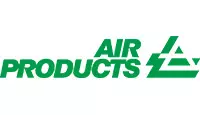

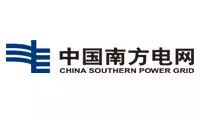
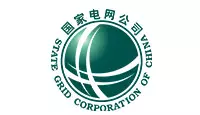
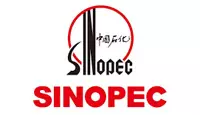
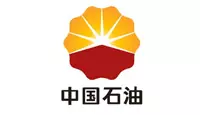

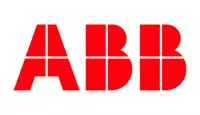

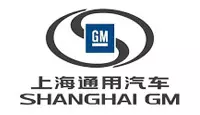
© 2023 Shanghai C&G. All Rights Reserved.